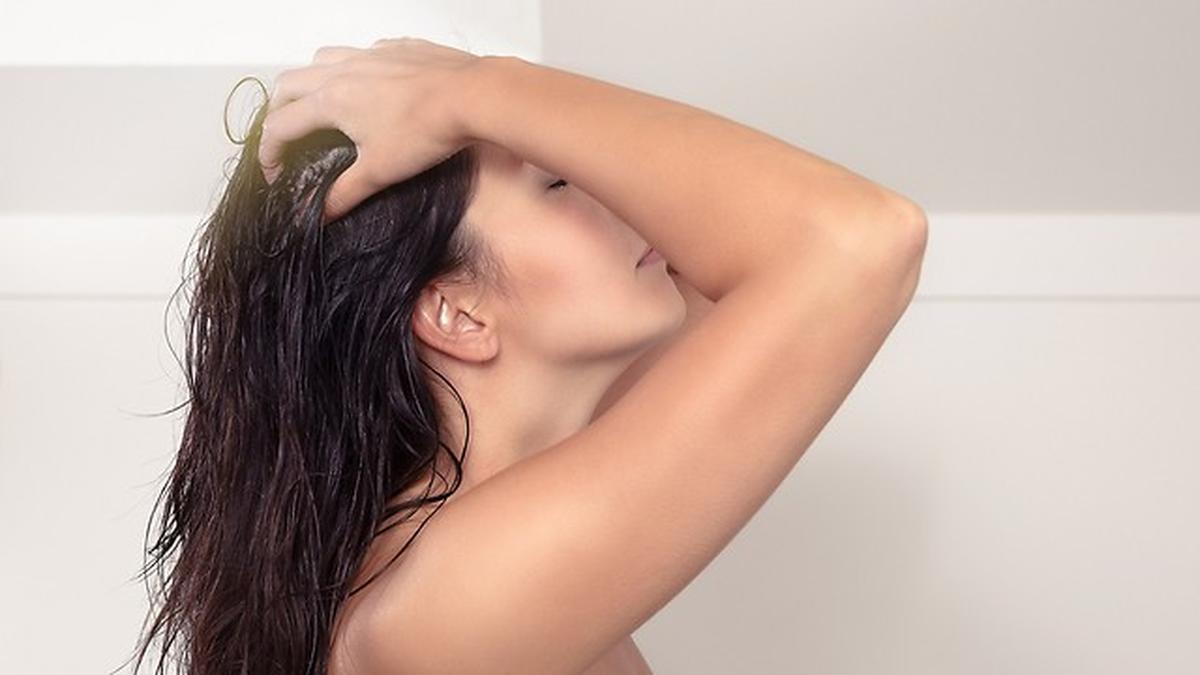Hair Oiling Done Right: A Guide to Boost Growth Naturally
Oiling your hair might seem straightforward, but when done thoughtfully, it offers powerful benefits for hair growth and scalp health.
By choosing the right oils and applying them with effective massage techniques, you can naturally stimulate hair growth, improve scalp circulation, and restore your hair's moisture and shine.
Regular hair oiling is more than a simple routine; it’s an essential TLC moment that combats daily exposure to pollution, dust, and chemicals, leaving your hair stronger, softer, and glossier.
Start by selecting a single oil or a blend of oils based on your needs.
Carrier oils like coconut and olive oil offer fantastic base nourishment, while adding essential oils such as lavender, tea tree, or cedarwood can amplify the effects.
Embrace this age-old practice, and you’ll find that a regular hair oil massage is a game-changer for transforming dull, lifeless strands into healthy, vibrant locks.
Essential Steps for Effective Hair and Scalp Oiling
Get the most out of your hair oiling routine with these easy-to-follow steps. This guide will help you apply oil correctly, ensuring maximum nourishment and growth benefits for both hair and scalp.
Step 1
Begin by gently brushing your hair to remove any knots or tangles. This preps your hair for even oil application and makes the process smoother.
Step 2
Divide your hair into two sections to make the oiling process easier. Part it down the middle, pulling one section over your left shoulder and the other over your right shoulder.
Step 3
Pour about a teaspoon of coconut or olive oil into your palm, rubbing your hands together to warm the oil slightly. Using your fingertips, apply the oil to your scalp in small, circular motions, starting at the roots. This gentle massage stimulates the scalp, encouraging healthy hair growth.
Step 4
Follow a consistent pattern across your scalp to ensure you cover every area. Don’t forget the often-overlooked spots: the back of your head, behind your ears, and just above the nape of your neck. Massage well in these areas for full coverage.
Step 5
Add a teaspoon of oil as needed, working it into the scalp without overloading. Once your scalp is fully covered, move on to the lengths of your hair. Rub a small amount of oil between your palms and smooth it through the length, working from the midsection to the tips.
Step 6
Comb your hair to evenly distribute the oil, then tie it up gently. Leave the oil on for at least 30 minutes to nourish your scalp and hair. Avoid leaving it in for longer than 24 hours, as it can attract dirt. For a deep treatment, leave it on overnight and rinse with a gentle shampoo in the morning.
Common Mistakes to Avoid When Oiling Your Hair
Oiling your hair can be incredibly beneficial, but a few common mistakes may reduce its effectiveness. Learn what to avoid to ensure you’re reaping all the rewards of a proper hair oiling routine.
Comb Your Hair Right After Oiling It
At this stage, your scalp is relaxed, and your hair is especially prone to breakage. With the extra weight of the oil, combing your hair too soon may cause it to snap.
Wash Too Soon
While it’s important to remove excess oil, washing it off too quickly isn’t ideal. Let the oil sit on your scalp for at least an hour so it can absorb into the follicles and nourish your scalp properly.
Overuse the Oil
Applying too much oil requires more shampoo to remove, which can strip away your hair’s natural oils and lead to dryness.
Tie Your Hair Up
Tying oiled hair can put stress on already weighed-down strands, making them more prone to breakage. Hair is in a delicate state when oiled, so avoid tight hairstyles.
Massage Too Vigorously
Massaging too hard or fast can lead to hair breakage. Instead, use gentle, circular motions to massage your scalp and encourage healthy circulation without damaging your hair.







James Turner
Founder & Lead Designer
Expertise
Interior Design, Sustainable Design Practices, Spatial Planning, Innovative Material Applications, Contemporary Art Techniques, Visual Communication, Multimedia Artistry, DIY Design and Home Projects, Eco-Friendly Living Spaces, Creative Solutions
Education
University of Cincinnati College of Design, Architecture, Art, and Planning (DAAP)
Columbus College of Art & Design (CCAD), Columbus, OH
James Turner is the founder and lead designer at Velocity Art and Design. He studied Interior Design at the University of Cincinnati, focusing on eco-friendly design and smart use of space.
Later, he expanded his artistic skills with a Fine Arts Certificate from the Columbus College of Art & Design, where he learned about modern art and visual storytelling.
With over 10 years in design, James is passionate about making spaces that are both beautiful and practical. He shares his DIY tips and creative ideas to inspire others to explore their own creativity and transform their living spaces.